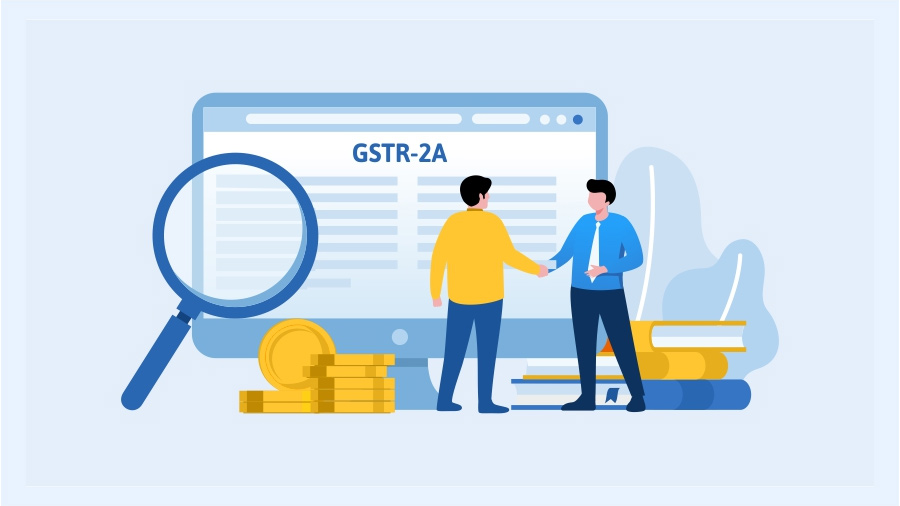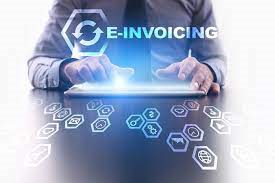
05 Dec Impact of E-Invoicing on Business in India
 /p>
/p>
About E-Invoicing
GSTN electronically validates B2B invoices under the “e-Invoicing” or “electronic invoicing” system before being used on the public GST portal. Every invoice issued under the electronic invoicing system will receive an identification number from the GST Network-managed Invoice Registration Portal (IRP). The first IRP was made available by the National Informatics Centre at einvoice1.gst.gov.in. All invoice data will instantly be sent from this portal to the GST and e-way bill portals.
E-Invoicing Exemption Limit
Enterprises with a turnover higher than Rs. 500 crores were first given access to electronic invoicing in October 2020. The government decided to expand the use of e-invoicing after a successful trial and, starting on 1 January 2021 and 1 April 2021, respectively, extended it to companies with a turnover above Rs. 100 crores, Rs. 50 Crores, Rs. 20 Crores, Rs. 10 Crores and Rs. 5 Crores. With this recent notification, companies with a revenue of more than Rs. 5 crores will now be required to begin producing electronic invoices as of 1 January 2023.
How will E-Invoicing benefit businesses?
Businesses that use the GSTN-initiated electronic invoice will gain the following benefits:
1. To prevent mismatch mistakes, e-Invoice resolves and plugs a significant gap in data reconciliation under GST.
2. Interoperability and a decrease in data input errors are made possible by the ability to read e-Invoices created on one software by another.
3. E-invoice makes it possible to track supplier-prepared invoices in real-time.
4. The tax return filing process would be backward integrated and automated; the pertinent information from the invoices would be pre-populated in the various returns, particularly for creating part-A of e-way bills.
5. Increased speed of actual input tax credit availability.
6. Less likelihood of tax authorities conducting audits or surveys because the data they need is available at the transaction level.
How does E-Invoicing impact both the Government and the taxpayers?
E-invoicing is aimed at standardising the invoice format and compatibility between the business and tax ecosystems. The advantages of electronic invoicing go far beyond this, though. E-invoicing enables the government to monitor each B2B transaction made by companies in real-time, reducing the incidence of fraudulent invoices and input tax credit (ITC) fraud. Every electronic invoice has a QR code that aids tax officials in verifying its validity, particularly when items are in motion.
There are many advantages for corporations. In the GST returns and e-way bills, the information from e-invoices is automatically filled in. As a result, less data needs to be duplicated overall. Additionally, it expedites the ITC claims procedure and gives taxpayers confidence that only real ITC is being submitted.
What preparations must small businesses make for e-invoicing if their annual revenue exceeds Rs. 5 crores?
Small and medium-sized companies having a turnover of at least Rs. 5 crore must act rapidly to identify a solution that will enable them to be prepared for e-invoicing. With the appropriate tools, creating electronic invoices is not a complex process. However, it can take a few weeks to set up, understand the system, and adjust. These newly qualified businesses must be ready to take on this digital revolution.
The first step is for qualified businesses to sign up on the government’s e-invoice platform. The login information for the e-invoice portal can be used by taxpayers who have already registered on the e-way bill portal. The business must next decide which method for creating e-invoices is ideal. The government offers an Excel-based application for creating electronic invoices. However, using this program takes time because there is no option for mass IRN production. Given that the entire procedure is manual, it might also be prone to mistakes.
What are the other E-Invoicing options accessible to Small businesses?
Several well-known, reputable e-invoicing systems offer an improved web-based tool for creating e-invoices. These UI tools are simple to use and take only 10 to 15 minutes to set up. Businesses receive an Excel template here that they may use to upload and ingest data to produce e-invoices in masses with just one click.
In addition to bulk e-invoice production, it’s critical to choose an e-invoicing solution with sophisticated features like 200+ data validations, MIS reports, smart dashboards, 7-8 years of data archival, quick response times, and SmartScreen fixes to reduce errors. Additionally, it would be highly beneficial for a business if its e-invoicing solution included a centralized mechanism for e-way bill preparation.
Conclusion
Due to the difficulties presented by the proposed e-invoicing system, firms will likely save time and effort while completing GST compliance. An automated system will remove human errors and ensure that accurate invoice information is fed, thus reducing the prevalence of erroneous and fraudulent claims for input tax credits. Thus, E-Invoicing ensures a significant impact on businesses in India.




No Comments